30 September 2015
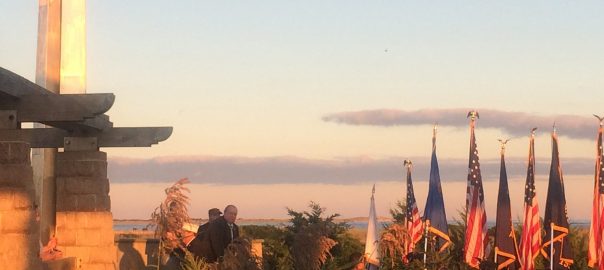
A reading of names. A procession. Placing flowers on memorials. Music. Moments of silence. Tolling of bells. Certain abiding symbols and gestures give structure to our memorial remembrances. In particular, we have come to expect a ritual formality and consistency at the World Trade Center site for remembering September 11,...
27 September 2015
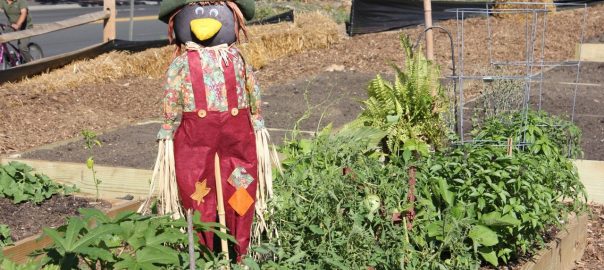
At the end of my last post, Unintended Consequences: When Environmental “Goods” Turn Bad, I raised the idea that sometimes environmental “bads” can also turn good, and that it usually works better when nobody “looks”. I mean that this process works better when the inhabitants take ownership of their living...
23 September 2015

Pope Francis visits the United States in late September 2015. He will speak in Washington, D.C., New York, and Philadelphia, including an address at the United Nations and to a full Congress. His visit will be an opportunity for reflection and—who knows—might possibly be a turning point in the United...
20 September 2015
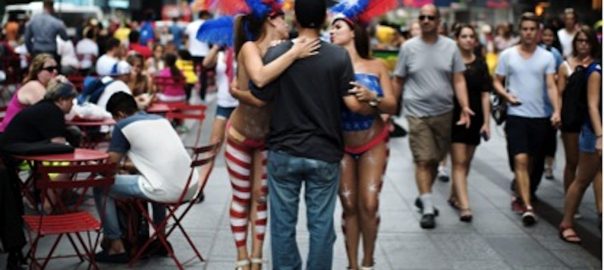
1. What’s the matter with Times Square? Several years ago, Helle Søholt, CEO of Gehl Architects, said that New York would be the most sustainable city in the world if only it fixed its streets. Million Trees NYC is one effort in that direction, as is the CitiBike bike share...
16 September 2015
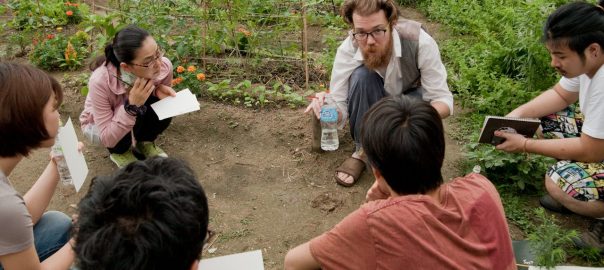
Can an urban garden help us remember what it means to be human? Three months ago, we opened a slightly audacious restaurant and garden in a working-class suburb of Osaka, Japan with the intent of connecting people more deeply with food and nature in their neighborhood. Experimental and temporary in...
12 September 2015
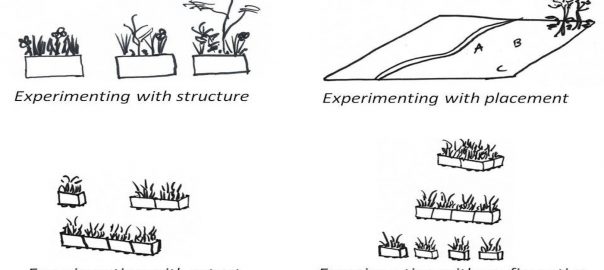
September 18 is Park[ing] Day, a day when metered car parking spaces are transformed and reclaimed for other purposes. This annual event was first held in the USA in 2005, but has now grown to include Park[ing] Day events in cities around the world. In looking at the innovation and creativity...
7 September 2015
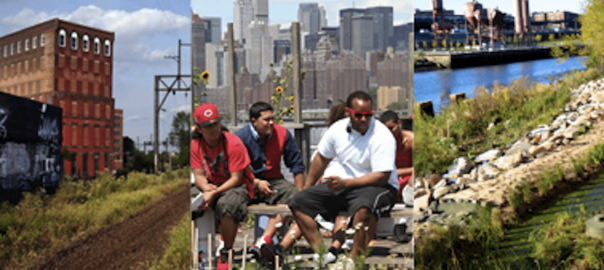
A pop-up garden in Kiev, volunteer “spotfixes” along sidewalks in Bangalore, and a flower garden planted atop a deadly landslide after an earthquake in Japan. These and other civic ecology practices are expanding in number. But how do we connect people across these disparate practices and places so that we...
2 September 2015
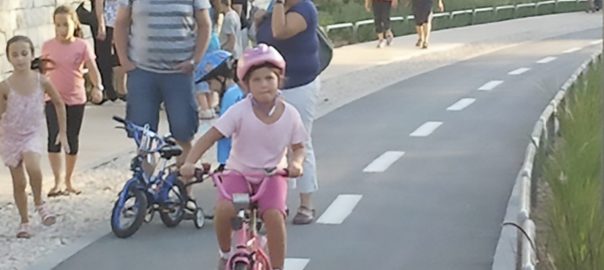
According to the old urban paradigm, cities are crime-ridden, car-infested, unhealthy and over-crowded centers of humanity. Could we conceivably cherish nature, respect others, grow our own food, earn a reasonable living, and enjoy a healthy and equitable urban environment? Reversal of the old urban paradigm is not yet a given,...
30 August 2015
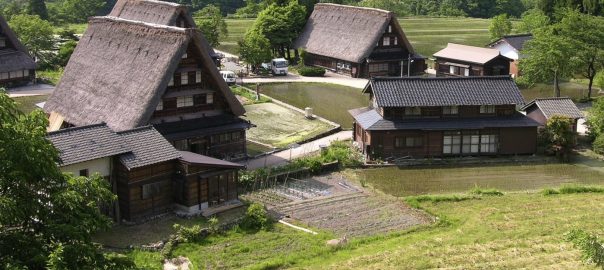
The concept of biocultural diversity— the coming together of biological and cultural diversity—is receiving more attention recently along with an awareness that elements of cultures all around the world are deeply rooted in the nature, or biological diversity, around them, and that greater cultural diversity comes with greater biological diversity....
26 August 2015

The challenge of integrated approaches We all know that we are living in a deep crisis regarding the rate of our use of natural resources. We also know that addressing these problems will have inter-related and resonating effects. Such interconnection also has good aspects. Smart catalytic action can produce benefits across many levels—science...
24 August 2015
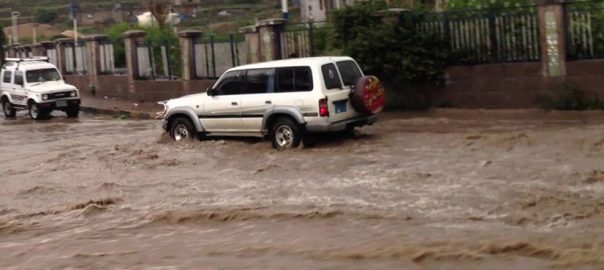
Urban populations—and the associated concentration of livelihoods and assets in cities—continue to increase worldwide, thereby increasing exposure to hazards. Coupled with aging infrastructure and housing stock, this trend leads to an increase in vulnerability. And this vulnerability is compounded by climate-change driven storms, sea-level rise, and associated flooding and landslides....
19 August 2015
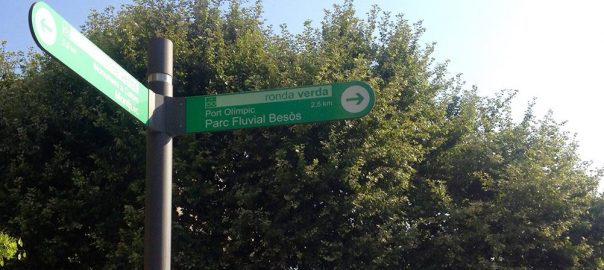
How to bring together nature, fitness, and public transportation. A few weeks ago, my partner, Lluís, and I wanted to go for a two-day trek, to test some camping gear, to sleep outdoors, and to listen to birds while walking under the shade of pine trees. But we didn’t want...
16 August 2015
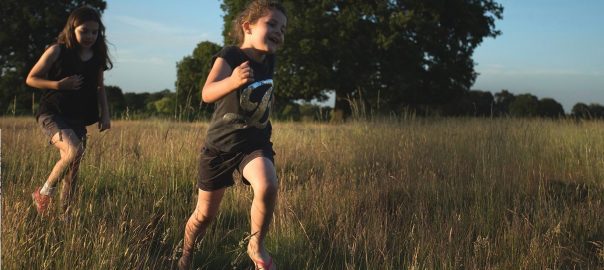
Something very significant is happening in London. It’s a plan to make London the world’s first National Park City. Now that’s an idea that could catch on in a very big way. Over the past 18 months, a movement has been growing, drawing together Londoners who want to apply National...
12 August 2015
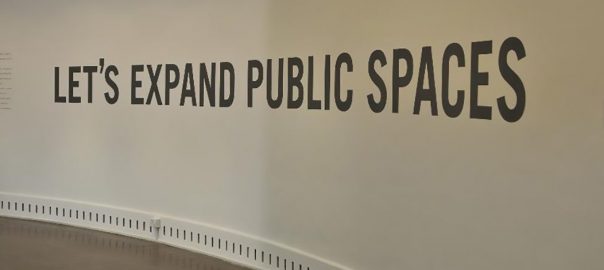
Can we re-envision our cities with a stream of linear open spaces, defining a new geography of cities? Can we break away from large, monolithic spaces and geometric structures into fluid open spaces, meandering, modulating and negotiating varying city terrains, as rivers and watercourses do? This way, the new structure of...
10 August 2015
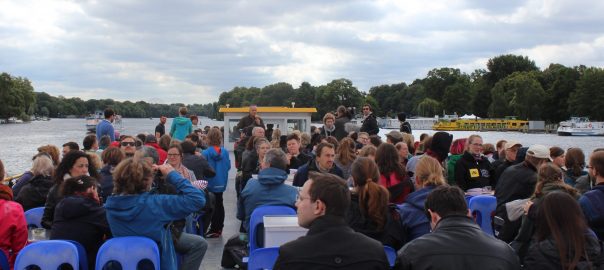
Just before 10 am one Sunday this June, 300 people prepared for a boat ride on the River Spree, lining up in a park next to the longest surviving stretch of the Berlin Wall. The boat was a cheerful blue and yellow passenger vessel, mostly used for river tourist excursions...
2 August 2015
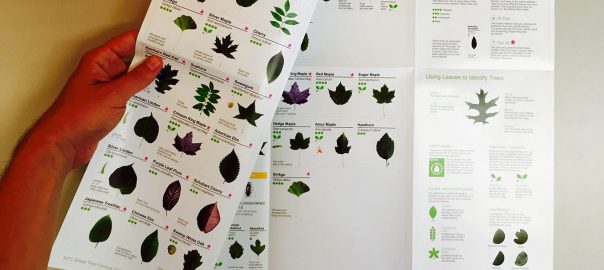
New York City is home to more than 600,000 street trees, according to some estimates. But good luck finding any one of those trees on a map—that is, until now. For the first time ever, the NYC Department of Parks and Recreation is working with thousands of volunteers to measure...
26 July 2015
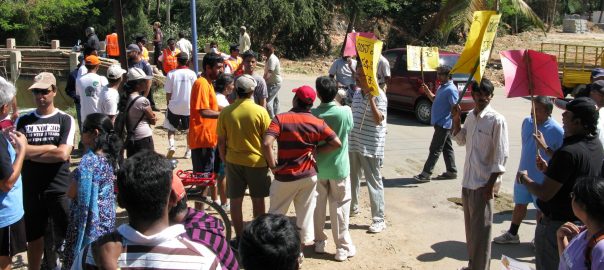
On a path of accelerated urbanization, India is going through substantial changes in its land cover and land use. In 1950, shortly after Indian independence, only 17 percent of the country’s population lived in cities. Today, India’s urban population stands at 33 percent. India contains three of the world’s ten...
22 July 2015
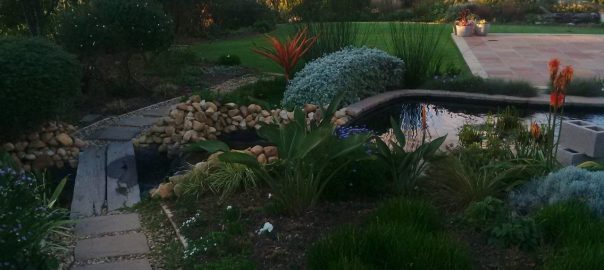
Why do we plant what we do in our personal gardens? It turns out it’s driven by a complicated mix of personal philosophy and social posturing, which sometimes are at odds. And, it turns out, in South Africa and many other countries, we don’t even plant our own gardens. This...
19 July 2015
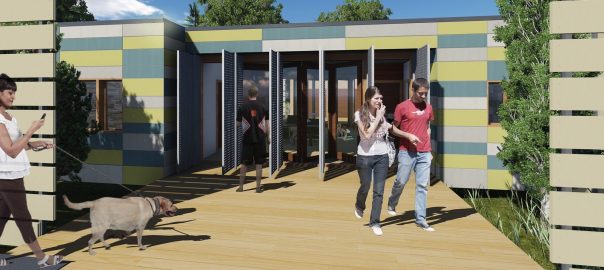
Designing for resilience is a complex undertaking. As David Maddox states in The Nature of Cities Global Roundtable, “to design for resilience suggests we can identify it, plan for it” and that “It’s a steep challenge, community by community”. Identifying, planning, and designing for location-specific resilience is just what a...
15 July 2015
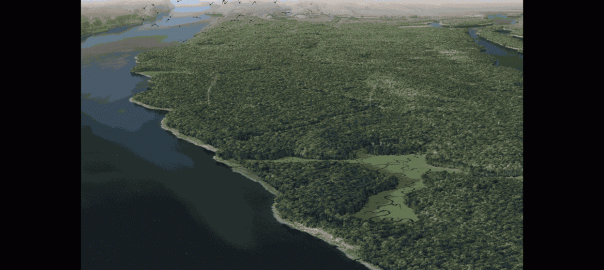
“The rent is too damned high.” You hear it on the subway, you hear it on the news, and you hear it exclaimed even by mild-mannered conservationists while perambulating in the park. The rising cost of urban housing is on everyone’s mind, from Mayor Bill de Blasio to the chattering...


